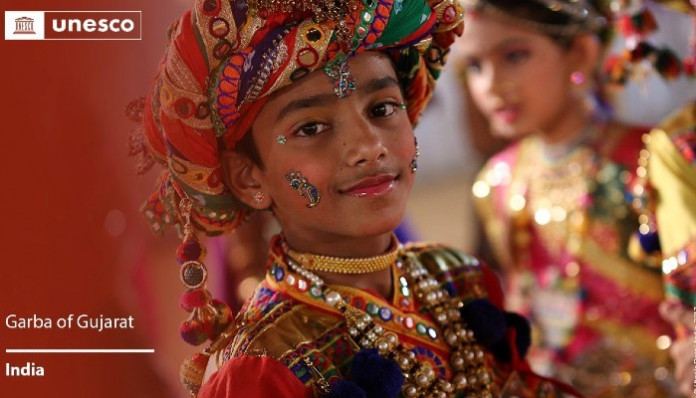In a momentous cultural achievement, the Garba dance, originating from Gujarat, India, has been recognized and added to the UNESCO Representative List of the Intangible Cultural Heritage of Humanity. This landmark announcement last year, which reverberates the rich cultural heritage of India, has garnered widespread appreciation and acknowledgment in India and abroad.
The Inscription and Its Significance
The inclusion of Garba on the UNESCO list corroborates the dance’s cultural and historical significance. It marks India’s 15th element on the list, highlighting the country’s diverse intangible cultural heritage.
Garba is a ritualistic dance performed during the nine-day festival of Navaratri, symbolizing devotion and vibrant cultural expression. The inscription of the dance form celebrates its cultural significance and translates the importance of preserving and promoting such valuable cultural treasures for future generations.
The Journey to UNESCO’s List
Garba’s journey to being recognized as the world’s intangible heritage is marked by its deep cultural roots and widespread popularity. The decision to include Garba on the list was reached at the 18th session of the Intergovernmental Committee for the Safeguarding of the Intangible Cultural Heritage in Kasane, Botswana. The dance form, integral to the Hindu festival of Navaratri, involves participants encircling a symbolic representation of the goddess Amba, reflecting the dance’s spiritual and communal essence.
UNESCO’s Citation for Garba
UNESCO recognizes Garba as more than just a dance form; it is a vibrant cultural tradition passed down through generations in various settings, from bustling urban landscapes to tranquil rural areas. This rich cultural inheritance is perpetuated through dedicated practice, dynamic live performances, and the keen observation and emulation of younger generations.
Garba holds a prestigious position among a diverse array of global cultural practices. Recent additions to the list include Dhaka’s iconic rickshaws and their unique paintings, Indonesia’s Jamu wellness tradition, and Thailand’s renowned Songkran festival.
India’s cultural repertoire is well represented on this list, showcasing elements like the Nawrouz festival, Kumbh Mela, Durga Puja from Kolkata, Ramlila, and the ancient Vedic Chants. As of January 2022, the list features 14 distinct elements from India, showcasing the rich tapestry of global cultural diversity as recognized by UNESCO.
Prime Minister Narendra Modi welcomed the decision by UNESCO. “Garba is a celebration of life, unity and our deep-rooted traditions. Its inscription on the Intangible Heritage List showcases to the world the beauty of Indian culture. This honour inspires us to preserve and promote our heritage for future generations. Congratulations for this global acknowledgment,” he wrote on social media platform X. The Prime Minister’s reaction reflects a sense of national pride and a commitment to preserving India’s rich cultural heritage.
This recognition of Garba on an international stage like UNESCO honours the dance form while shining a spotlight on India’s rich cultural tapestry, encouraging global appreciation and preservation of diverse cultural expressions.






